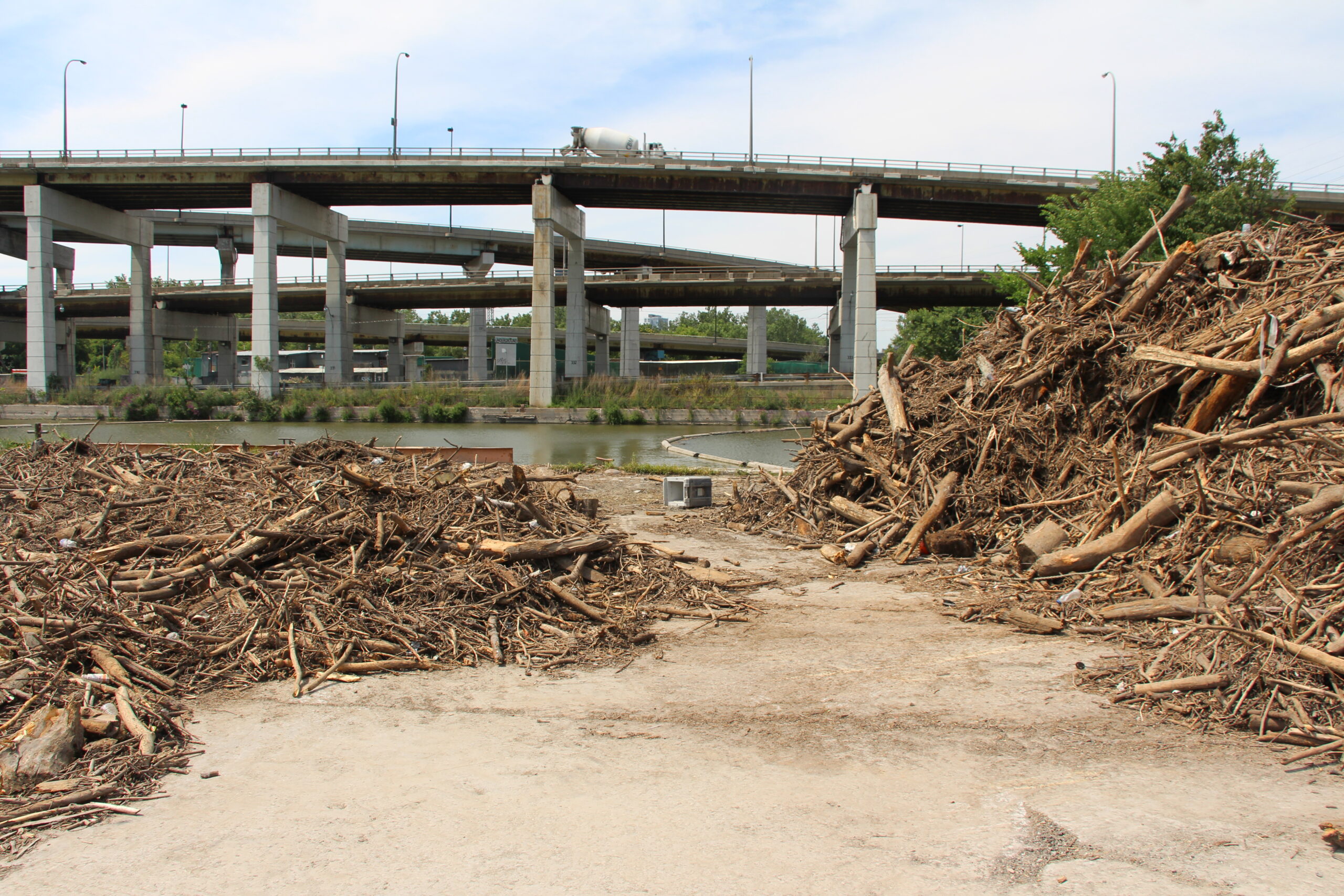Toronto’s Don River : A Source of Plastic Pollution into our Great Lakes
The University of Toronto’s Trash Team was curious just how much plastic makes its way from the Don River into Lake Ontario, and what kind.

This blog was written by Chelsea Rochman, a professor at the University of Toronto that researches the sources, fate and effects of plastic pollution in our ocean.
They say 80% of all plastic in our ocean and lakes comes from land. Do you live upstream? This doesn’t mean you are immune to having your litter reach aquatic ecosystems. Our trash can hitch a ride on streams and rivers too—leading to our ocean and lakes. In fact, rivers are a major conduit for plastic pollution to reach freshwater and marine ecosystems.
In the city of Toronto, we have four major rivers that lead directly to Lake Ontario—one of the five Laurentian Great Lakes. They are Etobicoke Creek, Mimico Creek, the Humber River and the Don River. The Don River has the highest percentage of urban area than any other river in Canada. As a consequence, we might expect it to be a major source of plastic pollution to our Great Lakes, specifically Lake Ontario.
We (the UofT Trash Team) were curious just how much plastic litter makes its way from the Don River into Lake Ontario, and what kind. To find out, we took a trip to a dock owned by PortsToronto and characterized the litter that collects on their booms.
Each year PortsToronto removes between 400-900 metric tons of debris from Toronto’s harbor, including in the Don River. At the river mouth, PortsToronto manages a boom system that captures litter before it enters the lake. Litter is removed from the water weekly and shipped to a sorting facility. The wood is recycled into animal bedding and garden mulch and the garbage is sorted into recyclables and non-recyclables.

What did we find? LOTS!
In 90 minutes, we collected more than 1,400 pieces of litter, plus a 133-liter bag full of Styrofoam pieces. In total, our bounty weighed 31 kg—almost 70 pounds! In our counts and weights, we did not include construction items which are quite heavy. We only included typical litter-sized items. For example, our heaviest item was a soccer ball. In fact, we found a lot of balls—53 of them to be exact! And our strangest item? A carefully wrapped package of animal fur with a beautifully crafted letter inside—in a language we could not translate.

So, what can we do? The answer is diverse, because there are many ways to prevent plastic pollution from entering our Great Lakes. First, we can make sure our waste enters the proper receptacle (i.e., our blue bin, green bin and black bin). Second, we can use less single-use plastic items, which make up the majority of what we found during our clean-up. Third, we can write letters to our local leaders asking them to consider technology that will prevent litter from entering our lakes from rivers—such as the “Mr. Trash Wheel” in Baltimore. And finally, you can join us for clean-ups around the city! We would love to see you out there.